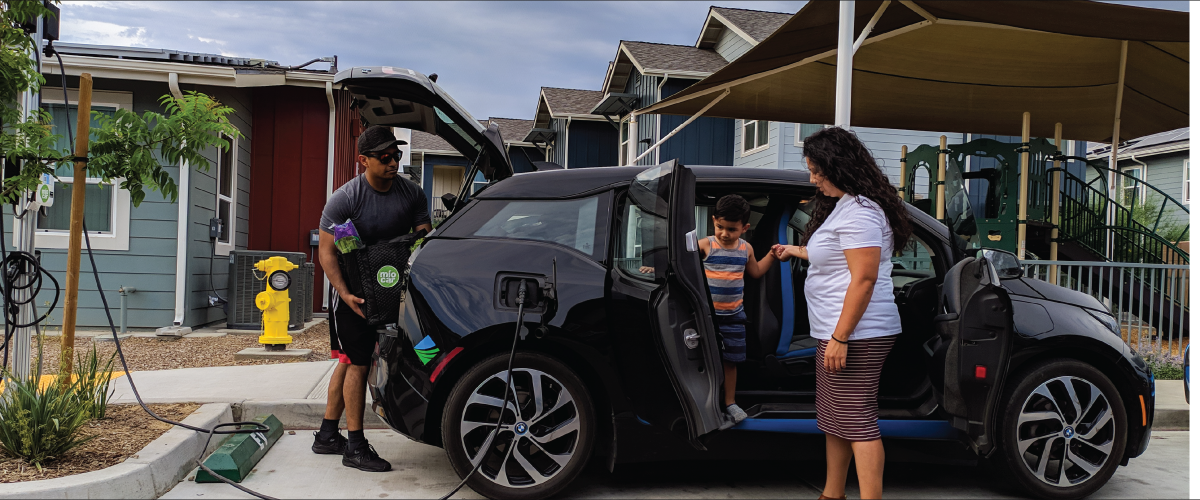This post was originally published on Legal Planet. Reprinted with permission.
Ever since the Supreme Court decided West Virginia v. EPA, conservatives and industry interests have claimed that just about every new regulation violates the major question doctrine. When the Biden administration ramped up fuel efficiency requirements through 2026, ideologues such as the Heritage Foundation and states like Texas were quick to wheel out this attack. No doubt the same attack will be made on the administration’s ambitious proposed post-2026 standard. Maybe Judge Kacsmaryk in Amarillo, crusader against abortion pills and all things liberal, would buy that argument. But opponents won’t be able to handpick their judge this time, and the chances that this argument will win in the D.C. Circuit are slim to none.
Heritage’s argument against the 2022 rule reads the West Virginia case very broadly: “Under West Virginia v. EPA, the Supreme Court said for agencies to change policy so drastically, as Obama wanted to do to force power plants to change to renewable fuels, they must have clear direction from Congress.” But, Heritage said, “No such clarity can be found here. And this case is even more influential. The regulations coming out of the EPA and the Transportation Department are the most expensive in U.S. history. They are designed to remake, not to regulate, our energy systems.”
Texas piled on with its own major questions arguments, claiming that the rule was a major question because it could affect grid reliability because of the additional electricity demand and national security because of the need for imported batteries and materials for electric vehicles.
These arguments pay scant heed to what the Court actually said in West Virginia v. EPA when it struck down Obama’s Clean Power Plan for the electricity sector. The resemblance between the case is that both involve shifts from fossil fuels to cleaner energy sources — from coal to natural gas and renewables in West Virginia, and gas/diesel to electric vehicles (EVs) in the new regulation. But the resemblance ends there.
In West Virginia, the Court stressed that the U.S. Environmental Protection Agency (EPA) had used an obscure, seldom-used provision of the Clean Air Act to adopt an unprecedented regulation. Here, the provision is the core of an entire title of the statute and has been used many times, including past efforts to encourage electric vehicles.
In West Virginia, the Court also stressed that EPA had adopted the regulation only after Congress had rejected similar legislative efforts. Here, EPA is acting in the aftermath of major congressional efforts involving billions of dollars investment in charging stations, EV and battery manufacturing, and tax credits for EV buyers. Congress addressed the national security issue raised by Texas with incentives for American producers, and the grid reliability issue with provisions to encourage new transmission lines. In other words, EPA and Congress are moving in synchrony rather than at cross-purposes.
In the 2022 case, Heritage also attacked EPA on the ground that it was acting alone, rather than working with the Department of Transportation (DOT) to issue fuel economy standards. DOT isn’t allowed to consider EVs in setting fuel efficiency standards. The Supreme Court has suggested that EPA and DOT coordinate on these issues, and EPA did consult DOT before proposing the new regulations. But the Court did not say that the two agencies have to issue the same rules jointly. And even apart from climate change, EVs have the advantage of reducing smog and other air pollution. That’s why EPA authorized California to mandate some sales of zero emission vehicles as early as 1993, before the Supreme Court had even given EPA authority to regulate greenhouse gases. Vehicle emissions are EPA’s business, not DOT’s, and restrictions on DOT’s efforts to save oil have no bearing on EPA.
Yes, the proposed new car regulations are a big deal. So are many new regulations (and for that matter, many deregulatory actions). But that doesn’t subject them to the strictures of the major questions doctrine.

